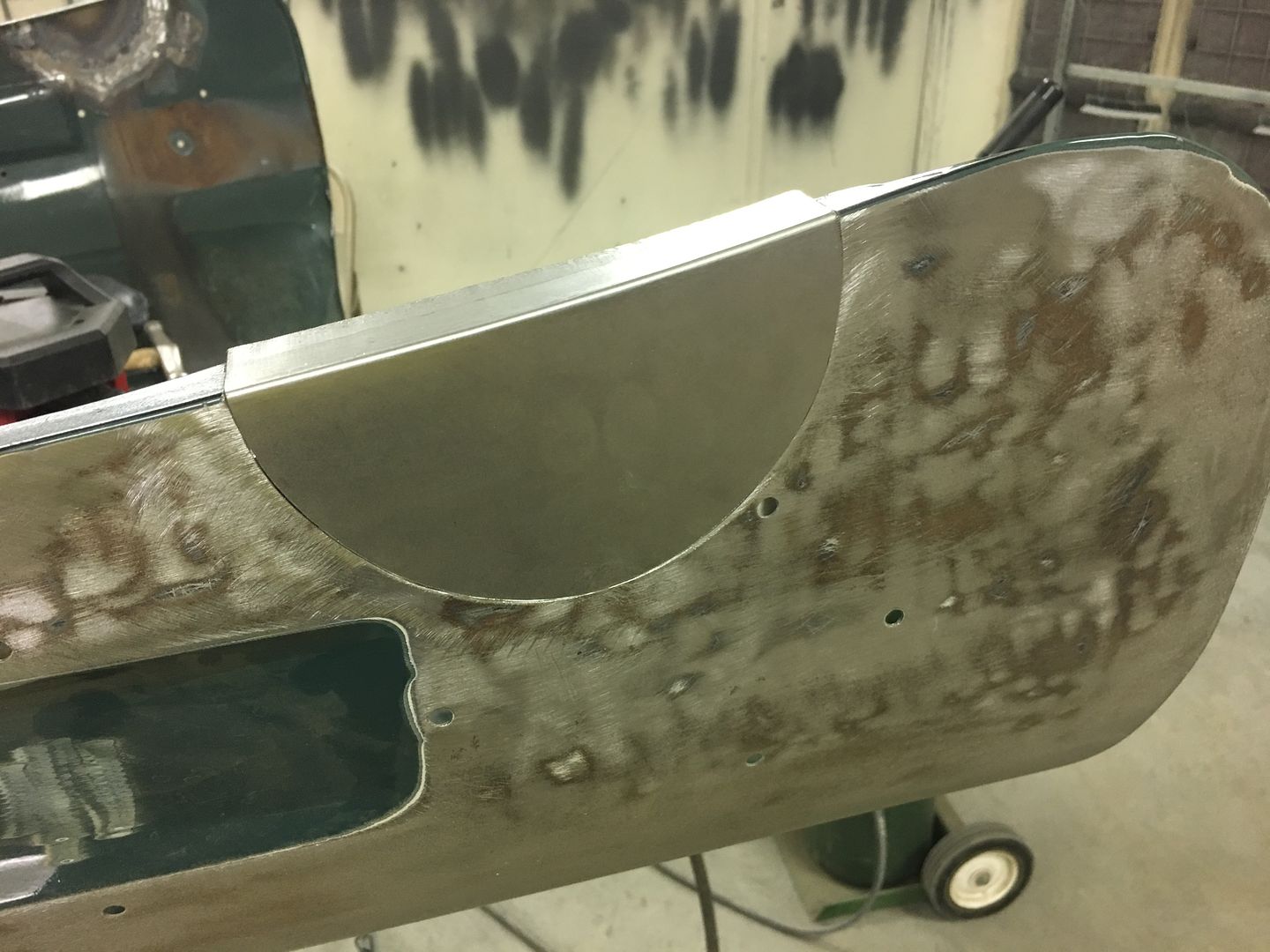Machspeed
Member
Friends, I'm taking an autobody night class in hopes of painting my 69 Mustang. With the exception of the basecoat, I plan to use all SPI products. On hand, I have their Universal clear and their Epoxy. I won't be hauling the Mustang to class to learn on, rather my 86 Ford F-150 which has rusted in both wheel arches. I've purchased the patch panels and can handle the metal work. What I need help with is the paint process. I spoke with the instructor, whom manages a job shop, has been in the business for about 30 years, and he was not familiar with SPI products. In discussion, I was surprised to hear him say we'd just blend the repair. I was actually thinking I would have to paint the whole side of the truck. My paint jobber told me the same thing.....easier and better to blend than paint the whole panel. I don't know anything.....
Anyway, of concern to me is that I have about four hours to prime, basecoat, and clearcoat. The truck goes out that same night, can't leave it there. The booth does have a heater.....very high end booth. All this said, can I use my SPI products for this? Basecoat will be Wanda. Will I need anything else...i.e. high build primer, etc? And lastly, what would be your process for this repair with the SPI materials, if in fact I can use them in the short timeframe.
Thanks,
John
Anyway, of concern to me is that I have about four hours to prime, basecoat, and clearcoat. The truck goes out that same night, can't leave it there. The booth does have a heater.....very high end booth. All this said, can I use my SPI products for this? Basecoat will be Wanda. Will I need anything else...i.e. high build primer, etc? And lastly, what would be your process for this repair with the SPI materials, if in fact I can use them in the short timeframe.
Thanks,
John







